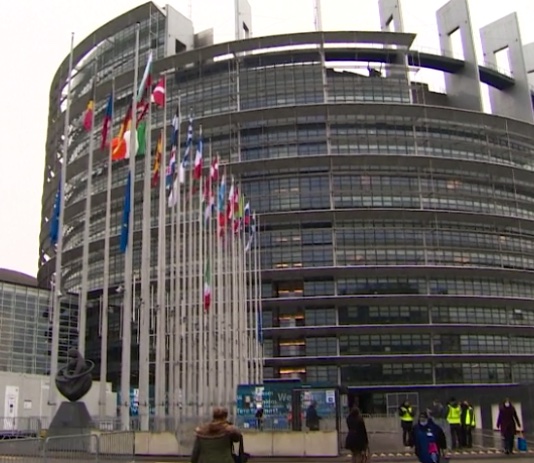NOS News•
The consequences of the lockdowns during the corona pandemic are still noticeable in the sports sector. This is the conclusion of sports umbrella organization NOC*NSF in a annual report about sportsmen in the Netherlands.
During the pandemic, the number of Dutch people who exercised alone increased and the number of people who exercised in associations or in gyms fell. The number of Dutch people who exercise weekly has increased by half a million in the past year, but about 700,000 Dutch people who exercised weekly before the pandemic no longer do so.
The consequences of the pandemic are particularly visible in the 13-18 age group and among the lower or intermediate educated. Participation in sports by these groups lags behind children of primary school age and higher educated people. NOC*NSF says that the dichotomy in society is now also visible in the sports sector.
Not old level
The number of Dutch people who only do sports is now decreasing again, but the number of members of sports clubs has not yet returned to the old level. The appreciation for sports in associations, on the other hand, has increased. Incidentally, the number of athletes who are members of an association before the corona crisis also decreased.
Last year, 23 percent of the Dutch people played sports at a sports club, compared to 27 percent before the corona period. That is an increase compared to 2021. In that year, the percentage was 19 percent.
Not all sports associations saw their memberships decrease in the past five years. There were more rowers, climbers, mountaineers and anglers. At the Survivalrun Bond, the number of memberships even increased by 128 percent compared to five years ago.
Dichotomy
The number of members of sports clubs lags behind, especially in the age group 13-18 and among people with a low and intermediate level of education. An increase of 2 percent can be seen at all levels of education compared to 2021. The percentage of people with a higher education who participates in sports once a week is 68 percent, compared to 70 percent before corona.
In the categories of people with a lower and intermediate level of education, there was a stronger decrease in the corona period. As a result, the percentage of weekly exercisers is still not at the old level. NOC*NSF is concerned about the dichotomy that has arisen.
NOC*NSF says it takes responsibility for the lack of supply from associations. A quarter of the young people in the report indicate that they do not know which sport they want to practice. 12 percent of young people say they cannot find a suitable offer. “So we have to respond even better to the needs and also listen carefully to those needs,” says Lieselot Meelker of NOC*NSF.
The umbrella organization also advocates professionalising associations by paying more employees. Many associations are run by volunteers. “Associations cannot work well with local policymakers to approach those groups,” explains Meelker. “Simply because volunteers already do so much and they can’t just join us for consultation during the day.”
Decrease in number of associations
Not only the membership numbers, but also the number of associations that are affiliated to NOC*NSF through a sports association has decreased. Over the past ten years, the number of associations has decreased from 25,000 to 22,000 in 2022. The average number of members per association increased from 180 to 192 in the same period.
2023-05-15 20:56:05
#Number #sports #Dutch #people #level #lost #people


